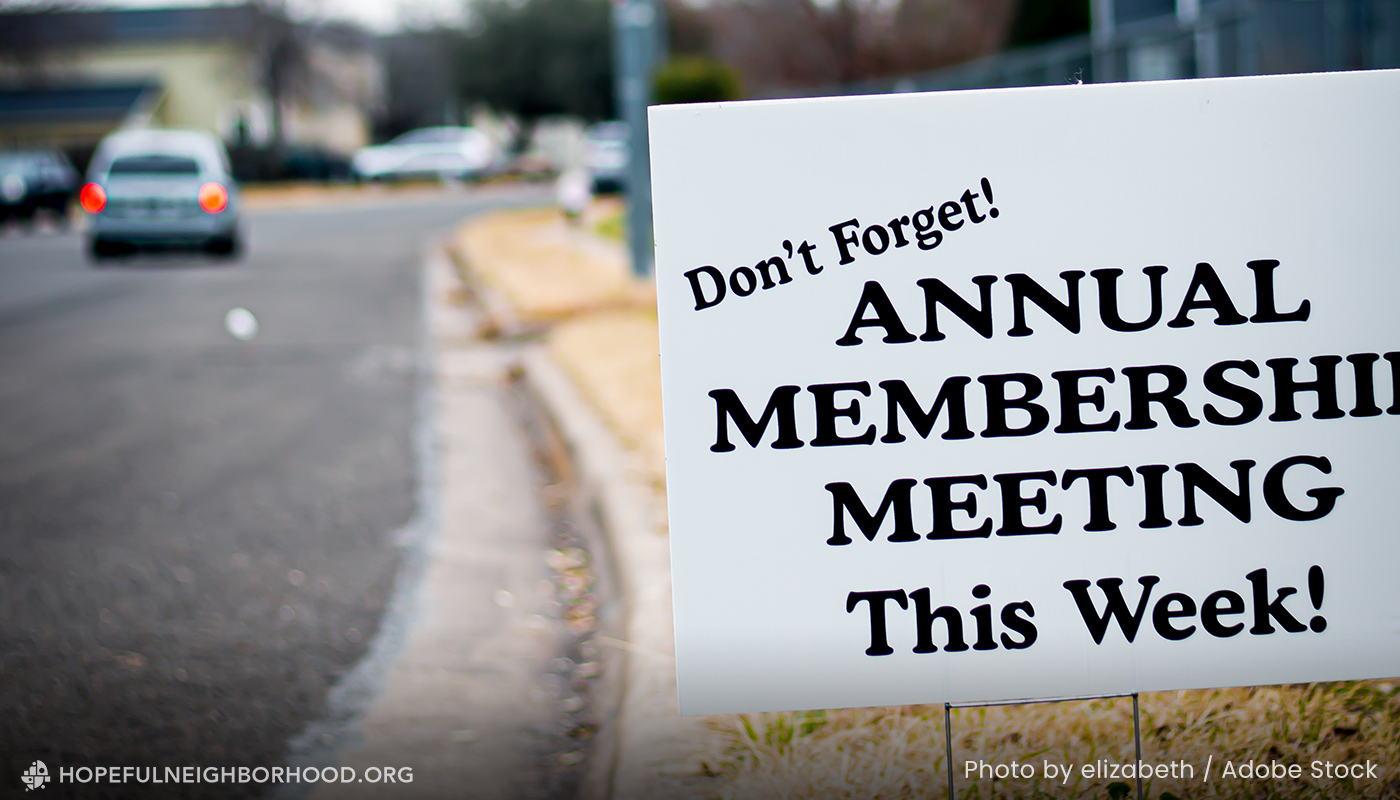During the summer of 2024, my wife attended a local dance conference hosted in our community. She met a few people there who wanted to make dance more accessible for all. She also met a local dance and Pilates instructor who hosts free classes at our community center. We decided to attend the class as a date night, both to be intentional about getting out together and also to focus on increasing our physical fitness. Little did I know that this class would become a staple in my weekly routine. What I love most about attending the class is the sense of community that it brings. You have black, white, and Hispanic people all coming together. Even this mother, daughter, and granddaughter combo comes to the class. The child can’t be older than two, but she still faithfully runs around while we get in a good workout amongst friends.
In my last article, I discussed what it means to know your neighborhood through intentional learning. In this article, I want to focus on diving in and learning to love your neighborhood.
I use two guiding values in my life and work, which have been transformative in how I approach everything I do. Those values are Place and Presence. About ten years ago, I adopted these values as a way to better articulate my desire to work deeply in my neighborhood and community. Since integrating these values into my life, I’ve seen the impact that people can make if they truly commit to loving and being present in the places they call home.
Place & Presence
What do I mean by “place”? Well, geographers describe it as “space + meaning”! In other words, it is a set geographical location that carries the stories, experiences, and institutions that shape and make our lives. Famed geographer John Agnew summarized this by defining place as a “meaningful location.”1 For the sake of this article, we are referring to “place” as your and my neighborhoods.
What does “presence” mean in this context? The ability to be where you are without longing to be somewhere else, and to be there with your entire mind, body, and soul. The concept of presence carries the idea of being content without complacency. This is especially true because we want to be present in our neighborhoods while still pushing them to be everything we believe they can be, to be better homes for all.
These concepts lead us to “placemaking”: the work that we are learning to do through loving our neighborhoods. How do we go about turning our neighborhoods into places that everyone can call home?
Transformative Placemaking
In their book Hyperlocal: Place Governance in a Fragmented World, Jennifer S. Vey and Nate Storring differentiate between placemaking and transformative placemaking.
- Placemaking: Daily and special acts to make a place useful and meaningful.
- Transformative Placemaking: An integrated framework and practice for realizing a holistic set of economic, physical, social, and civic outcomes for places.2
If learning about our neighborhoods means getting to know the people and places that make them unique, then loving our neighborhoods means that we actively engage in the lives of our neighborhoods, helping them become places everyone can call home. I’ve used that phrase a few times now, “a place everyone can call home.” Many of us know that there are things that make our neighborhoods feel welcoming and like home, and others that stifle flourishing. We learn to fully embrace and enhance the things that create a sense of belonging, and we actively advocate for our neighbors experiencing this stifling.
They loved us enough to advocate on our behalf. They can teach anywhere, yet they decided to be present in the place where they live, and we are all better for it.
How does all of this tie into the story I shared about the Pilates class I am a part of? Well, I’m glad that you asked. The instructor for this class noticed that there were very few options for people in our area to get quality, affordable wellness instruction. So, she and a group of ladies approached the mayor and asked if the city would open the local community center for certified instructors to teach these classes, free of charge to the community. They saw that we had many community assets but needed access to quality programming. They had a vision for healthier people who make up our neighborhoods, so they took the instruction they received from wealthier, more mobile neighborhoods and brought the same quality instruction to the people closest to them.
They loved us enough to advocate on our behalf. They can teach anywhere, yet they decided to be present in the place where they live, and we are all better for it. Now, the community center doesn’t only offer a free Pilates class, but classes four nights a week, contributing to the overall health of the neighborhood. It has also served as a way for me to get to know so many more of my neighbors.
As you look around your neighborhood, how can you be more present in it? Take some time to consider the concept of transformative placemaking, and what place and presence mean to you.


0 Comments